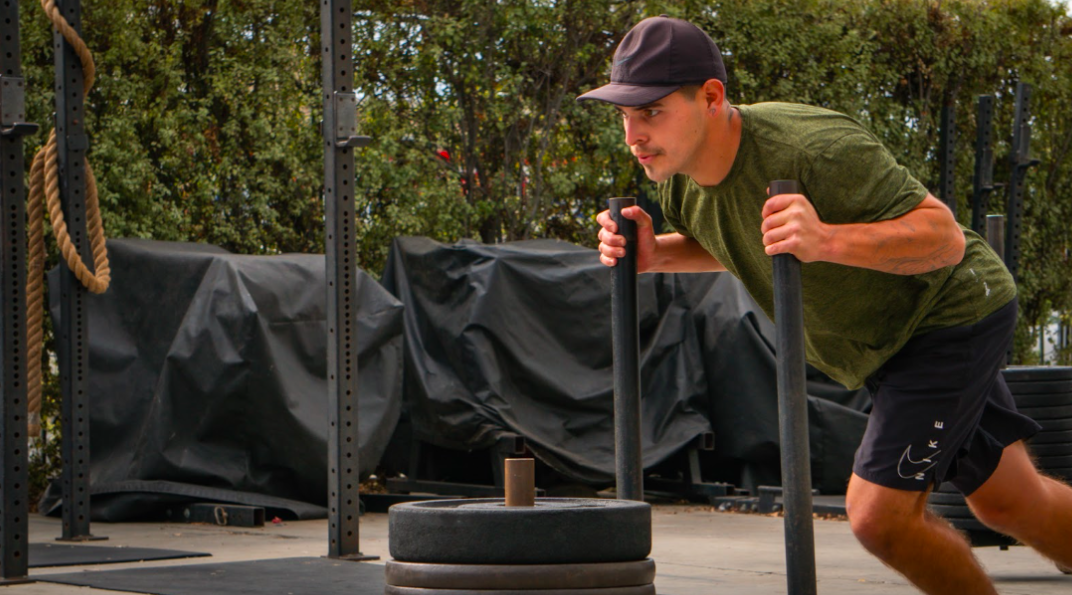
Walking. It’s one of the most essential human characteristics. Walking is how we move ourselves about this world. It is also one of the few characteristics shared amongst all cultures that we as babies must learn to walk before we can do pretty much anything else. That being said, everyone walks differently. Some walk with their toes pointed outward and some walk with them inward. Others walk on their toes and some drag their heels. Really tall arches and low collapsed arches, even some with bowed legs and others with knees touching. For it to be something shared by every human alive, there sure seems to be a lot of inconsistency in how we express it.
Naturally I raise the question of whether it is natural that we all express different variations of walking or if there is a biologically advantageous way to walk instead? Well a quick look at infants can help us get closer to the root of the question because all babies start to move instinctually without any teaching from their environment. They all have a natural bow in their calf and swivel their hips rotationally as they learn to crawl. This movement pattern continues as they start to learn to walk but if we fast forward ten years, everyone’s movement patterns all of a sudden look very different. This happens slowly over the course of time because our walk, or gait, is molded by the activities we do and the family members we model ourselves after.
Biomechanics and biology tells us that the body is designed to move in a specific way. The human body wants to walk with the toes pointed forward, the inside arch of the foot lifted high, a slight bow in the lower leg, and the weight pressing over the 3rd and 4th metatarsal in your foot as it bends. Centuries long studies observing indigenous tribes of the world untouched by modern technology and the consistent physical movement traits that infants display have all led to this understanding. This is how we should walk but why does it even matter?
It matters because I hear on a daily basis the ailments people feel in their knees and feet and hips and lower back etc. Chronic discomfort and injuries that stem, frankly, from our inability to move well outside of the gym. Now changing your gait won’t immediately take your pain away but it could be the start of building a better foundation for feeling pain free in the future.
I can speak from personal experience that consciously working towards a better patterned gait has taken a lot of pain out of my life. It’s not easy and it requires a decent amount of work but it may be the key to helping you get off on the right foot this new year.
1/9/23 WOD
DEUCE ATHLETICS GPP
Build to a 1RM Deadlift…
Complete 4 rounds of the following for reps::
In :60..
40 Double Unders
Max Box Jumps (24/20)
-Rest 1 Min-
DEUCE GARAGE GPP
3-3-3-3-3
C.A.T. Back Squats
In 18 minutes, complete the following for reps:
Run 1 Mile
———
AMRAP
2, 4, 6, 8.. Pull Ups
4, 6, 8, 10… American KB Swings (53/35)

